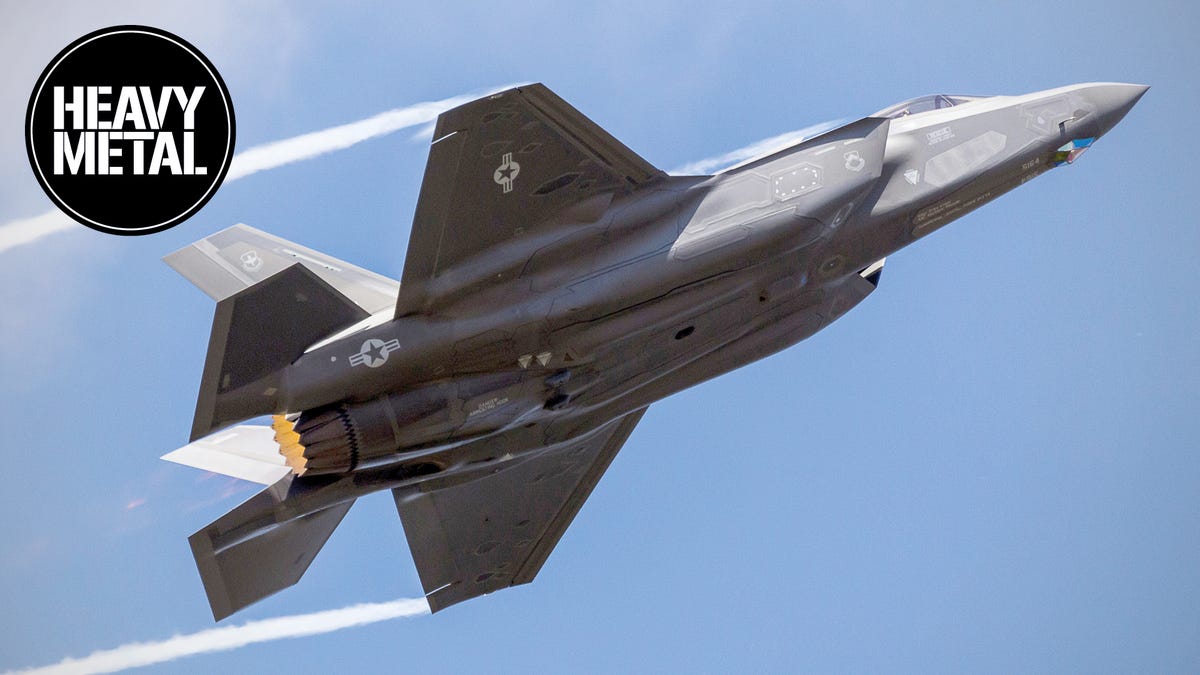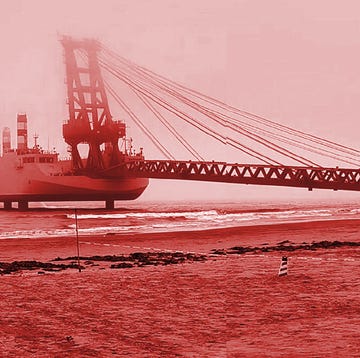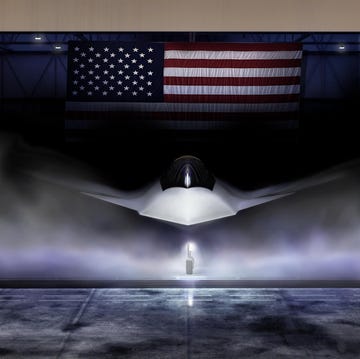- Japan and the United States are considering jointly developing hypersonic-missile defense systems.
- Existing air-defense systems lack the ability to target and take down fast-moving targets in the atmosphere.
- Both countries face threats from Chinese and North Korean hypersonic weapons, offering defenders little reaction time.
The United States and Japan are eyeing joint development of a defense system that can shoot down hypersonic weapons—specifically those that glide through the atmosphere in flight. The two countries, which already cooperate on ballistic-missile interceptors, could extend that partnership using some of the same equipment. Both countries are concerned that Chinese, Russian, or North Korean hypersonic weapons, with blistering fast flight speeds, could overmatch existing defenses.
Japan is beginning work on new, larger rocket motors designed to power a hypersonic-glide-vehicle interceptor, according to the newspaper Nikkei. The system would be partially derived from the SM-3 ballistic-missile interceptor—also a joint U.S./Japanese project—like the SM-3 launched from ships, which comes equipped with the Aegis Combat System. The new interceptor would be designed for area coverage, with the existing Patriot PAC-3 missile providing local defense of point targets.
Hypersonic weapons, or weapons that travel at speeds above Mach 5, have grown popular in recent years due to their ability to skirt existing air and space defenses. Cruise missiles reach their targets by flying low, hugging the ground at subsonic speeds. Ballistic missiles travel at high speed on a ballistic trajectory, arching sharply upward, and then falling to Earth at a high angle. As tricky as they are to intercept, however, defenses exist to counter both.
Hypersonic weapons are different. The most difficult hypersonic weapons to defend against are so-called “boost-glide” hypersonic weapons. Boost-glide weapons launch like ballistic missiles, but stop short of temporarily entering low-Earth orbit. Instead, the weapons tack sharply downward, remaining in the atmosphere and gliding back down to their targets at hypersonic speeds. This flight profile presents defenders with a unique challenge, flying higher and faster than traditional air-defense systems can engage, but lower than the engagement envelope of ballistic-missile interceptors. To top it off, boost-glide weapons can execute sudden, high-speed turns that can complicate a defender’s ability to intercept them.
The sheer speed of hypersonics, coupled with the crowded neighborhood of East Asia, further complicates a defender’s job. China, Russia, and now North Korea all operate—or are working to field—hypersonic weapons. Japan’s capital of Tokyo is only 1,200 miles from the Chinese capital Beijing, a distance a Mach-10 hypersonic weapon can cross in just over 12 minutes. North Korea’s capital city of Pyongyang and the regional Russian city of Khabarovsk are half as far away; this leaves little time for defenders to intercept hypersonic weapons before they begin raining on their targets.
The United States’ archipelago of military bases across Asia are equally vulnerable to hypersonic weapons, and would likely face attack from Chinese forces in the event of an invasion of Taiwan. The People’s Liberation Army knows that any military support the U.S. would offer Taiwan would go through nearby bases, such as Kadena Air Base on the island of Okinawa, Yokota Air Base on the outskirts of Tokyo, and Fleet Activities Sasebo, a naval base near Nagasaki. Crippling these facilities with a devastating strike, including hypersonic weapons, is practically a prerequisite to a successful Chinese invasion of the island.
As the war in Ukraine shows, once a major conflict kicks off, a military power will likely use every non-nuclear weapon in its arsenal, making defense against weapons like the Chinese DF-17 hypersonic weapon a major priority. Japan plans to place the new hypersonic interceptors on its Aegis-equipped destroyers, particularly two new ships slated for commissioning in the late 2020s, dedicated to anti-missile defense. The unnamed interceptor would also be compatible with most, if not all, existing U.S. Navy destroyers and cruisers, meaning it could be deployed not just across Asia, but worldwide.

Kyle Mizokami is a writer on defense and security issues and has been at Popular Mechanics since 2015. If it involves explosions or projectiles, he's generally in favor of it. Kyle’s articles have appeared at The Daily Beast, U.S. Naval Institute News, The Diplomat, Foreign Policy, Combat Aircraft Monthly, VICE News, and others. He lives in San Francisco.














